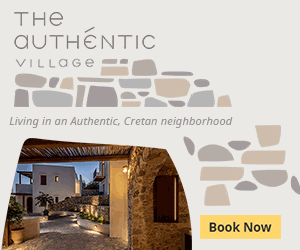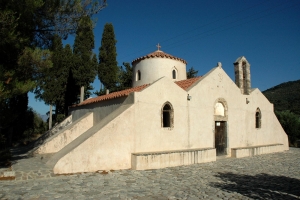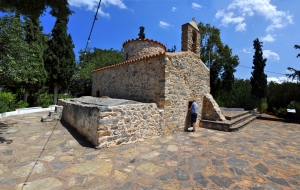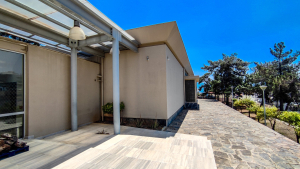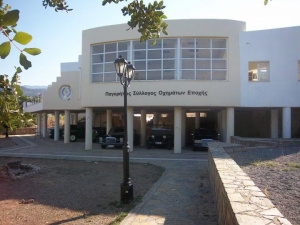Istro(n) is located 12km east of Agios Nikolaos and 22km north of Ierapetra, very close to Kalo Chorio. It is a quiet village, situated in a lush valley full with olive groves and springs, which has been developed during the last decades. However, the development was fortunately mild, mainly due to the regional building restrictions because of the archaeological discoveries. The main growth driver of Istron is undoubtedly the emerald beaches which are scattered in three adjacent bays.
In front of the big tamarisk trees of the square Kitroplatia there is a small beach with sand and pebbles in places. Here you will find umbrellas and showers. Next to it there are many options for accommodation, food and drink. It is a perfect choice for children and anyone looking for a beautiful and clean beach, close to all amenities of a city.
Next to the port of Agios Nikolaos you’ll find the tiny pebble beach of Akti Themistokleous street, next to the sculpture of Nikos Koundouros named "The Rape of Europe".
One of the most popular Byzantine monuments in Crete (13th- 14th A.D.) is located in Logari, one kilometre east of Kritsa. This triple-nave Byzantine church is dedicated to the Assumption of the Virgin Mary, to Saint Anthony and Saint Anna. It is adorned with superb wall paintings on particular themes like the representation of Saint Anna, other icons of the saints, and the fourteen scenes depicting the secret life of the Virgin Mary.
After leaving the sheltered beach of Amoudi behind you and taking the road leading to Elounda, you will soon meet one bay 1km north of the center of Agios Nikolaos, next to Hotel Minos Palace. It is a small pebbly and sandy cove, called Katholiko shaped in a very well protected narrow bay, which is mainly used as a harbor for boats (and thus is not organized).
The Early Byzantine Chapel of St. Nicholas, the patron saint of the Greek sailors, has given its name to the entire city (Agios Nikolaos means Saint Nicholas in Greek). The chapel was built on the edge of Cape Nissi by Katholiko beach, after the seventh century and is one of the oldest ones in Crete.
The Archaeological Museum of Agios Nikolaos was founded in 1970 and houses findings from the Neolithic Age, the Minoan Era and the Graeco-Roman Times from the Lassithi prefecture.
At village Exo Lakonia since 2005 operates an excellent exhibition with over 110 classic vehicles of special interest from all over Crete. The Pancretan Association of Classical Vehicles also houses a permanent exhibition of old photographs with cars and motorcycles from the wider region of Agios Nikolaos.





